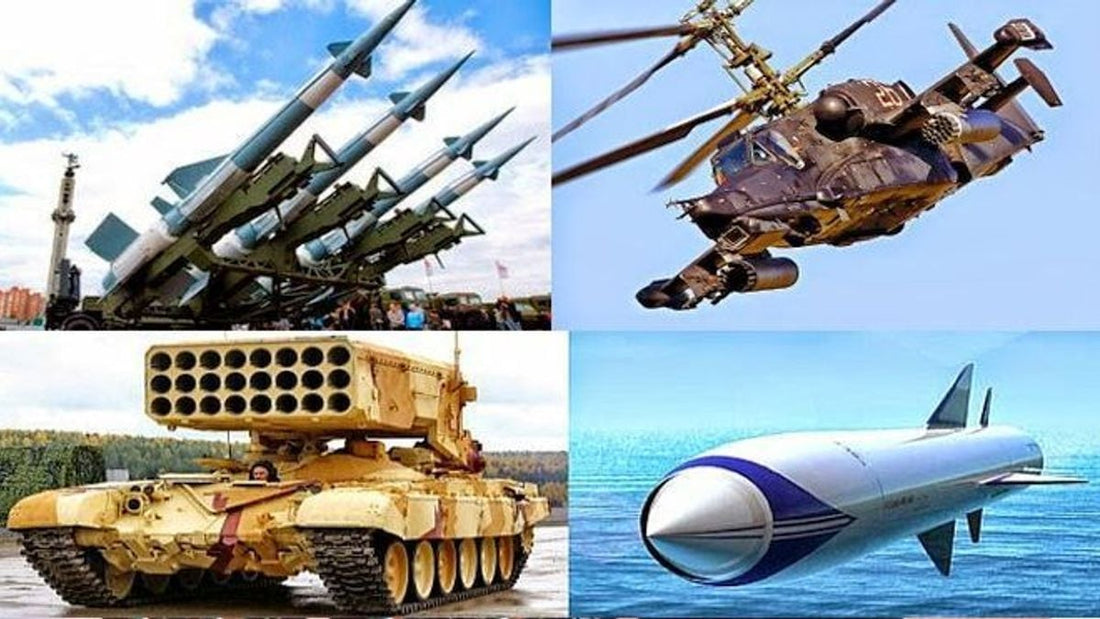India Gains Momentum in Defense Exports Following Recent Conflict with Pakistan

India is aiming to accelerate its transition from being one of the largest arms importers globally to a significant exporter of advanced weapon systems, capitalizing on its combat performance during a four-day skirmish with Pakistan in May.
The clashes, deemed the most deadly since the 1999 Kargil War, resulted in over 70 casualties and involved exchanges of drones, artillery, and long-range missiles along the Line of Control. For India, this conflict served as a demonstration of its domestically developed military capabilities.
Key systems deployed included the homegrown “Invisible Shield” missile defense network and the AI-driven Akashteer system mounted on vehicles, which effectively intercepted drone and missile attacks. Additionally, India fired BrahMos cruise missiles at Pakistani targets, drawing international attention to this prominent weapon in its arsenal.
Defence Minister Rajnath Singh described these operations as indicative of a new approach to warfare, emphasizing the importance of technology, self-sufficiency, and readiness. Military officials noted that the conflict offered valuable insights into the performance of their systems in real combat scenarios, with learnings already being integrated into industry upgrades.
Combat-Proven Systems Drive Export Interest
The prominent use of BrahMos missiles has reportedly sparked new interest from 14–15 countries, following its prior export success to the Philippines. Analysts suggest the conflict acted as a market demonstration, proving that India's military systems are more than prototypes—they are battle-tested solutions.
India’s defense exports have reached US$2.8 billion in the fiscal year 2024–25, a 34-fold increase from a decade ago. Domestic production has nearly doubled over five years, amounting to US$18 billion. Currently, India exports defense equipment to over 100 countries, with key buyers including the US, France, and Armenia.
Balancing Partnerships While Targeting Self-Reliance
Despite the surge in exports, India continues to navigate complex international partnerships. It is enhancing technological collaborations with the US, France, and Israel, while maintaining traditional defense ties with Russia. Concurrently, China’s increasing role as Pakistan’s main defense partner heightens the urgency for India to innovate domestically.
Initiatives like the “Sudarshan Chakra” missile shield, similar to Israel's Iron Dome, alongside indigenous projects in fighter jet engines, hypersonic missiles, and advanced drones, are part of India's strategy to achieve long-term defense autonomy. The drone sector in India is anticipated to grow to US$11 billion by 2030, though 39% of crucial small drone components are still imported from China.
Structured Capability and Export Prospects
| Phase | Timeline | Key Capabilities | Drivers & Events | Export Readiness |
|---|---|---|---|---|
| Importer Era | 1990s – early 2010s | Heavy reliance on Russian platforms (Su-30MKI, T-90, S-300, Igla) | Kargil War exposed gaps; ~70% imports from Russia | No exports; India seen as top arms buyer |
| Integrator Phase | 2010s – early 2020s | Licensed production (Su-30, T-90S, Akash SAM); BrahMos co-developed | “Make in India” (2014) spurred tech tie-ups with US, Israel, France | Limited exports (radars, coastal systems) |
| Indigenous Maturation | 2020–2024 | Tejas Mk1A, upgraded Akash SAM, Arjun MBT, drone prototypes | Record defense output: $18 bn; exports $2.8 bn to 100+ nations | Entry into SE Asia, Middle East, East Europe |
| Combat-Proven Showcase | May 2025 Conflict | Akashteer AI AD, “Invisible Shield”, BrahMos strikes, drone warfare | Four-day clash acted as “market demonstrator” | Surge in foreign interest; 15 countries eye BrahMos, layered AD systems |
| Future Export Hub | 2025–2035 (Projected) | Sudarshan Chakra, jet engines, hypersonic Rudram, AMCA stealth fighter, loitering drones | Push for autonomy; balancing US–Russia; reducing Chinese dependency | Targeting top-10 global exporter status; $11 bn drone market by 2030 |
Strategic Takeaway
The May conflict has positioned India to present its weapons not just as theoretical models or exhibition pieces, but as combat-proven in live-fire situations. This market demonstrator effect could carry significant strategic and commercial weight in the long term, enhancing India's presence as a credible supplier with battlefield credibility in the international arms market.



















